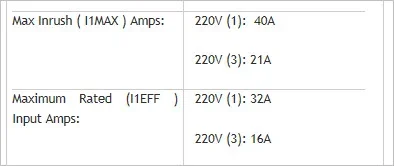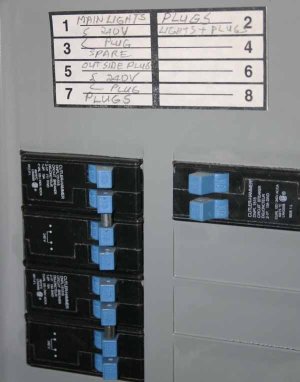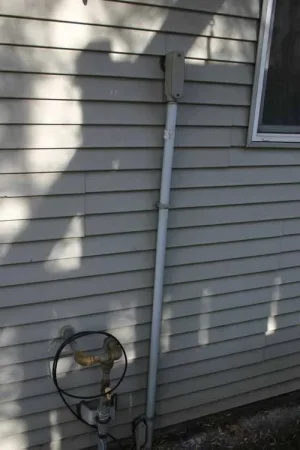Can someone guide me on suitability of my power panel to a Tig 'one day'. I'm no electrician but guessing I have 2 x 15A breakers dedicated to the 220v outlet my lathe is plugged into, assuming the bar thingy across the 2 switches means 2x15=30A? If so & assuming that's the outlet I plug Tig box into, how do I relate that to current draw the Tig unit needs?
Just as an example, from specs of this unit. Is it the 'in' rating I should be looking at?
220(1) 32A.. means single phase @ 32 Amps? So I'd be 93% ok?
http://www.everlastwelders.ca/tigwelders/powertig-250ex.php
So what would happen if you have under-amped breakers relative to Tig specs? You can still weld at lower power but if you goosed it, the breakers trip? Does that hurt the motherboard delicates?
And I'm guessing that's the max current I can ever put through based on the wiring gauge in the wall & outlet receptacle etc.?
Just as an example, from specs of this unit. Is it the 'in' rating I should be looking at?
220(1) 32A.. means single phase @ 32 Amps? So I'd be 93% ok?
http://www.everlastwelders.ca/tigwelders/powertig-250ex.php
So what would happen if you have under-amped breakers relative to Tig specs? You can still weld at lower power but if you goosed it, the breakers trip? Does that hurt the motherboard delicates?
And I'm guessing that's the max current I can ever put through based on the wiring gauge in the wall & outlet receptacle etc.?










